This grass has toxic effects on US livestock, and it’s spreading
Grist
MARCH 27, 2024
Friendly fescue hit the market in 2000, developed by Pennington Seed Inc. Friendly fescue soil, by contrast, has more microbes than toxic fescue soil. A former soil conservationist with a degree in agronomy, Hamilton’s mission became to annihilate fescue, on her property and across the fescue belt. The southeastern U.S.,


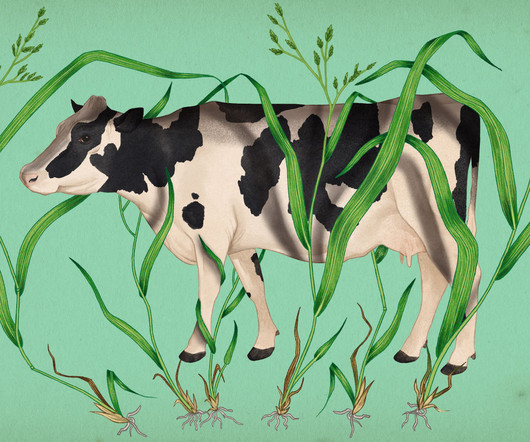

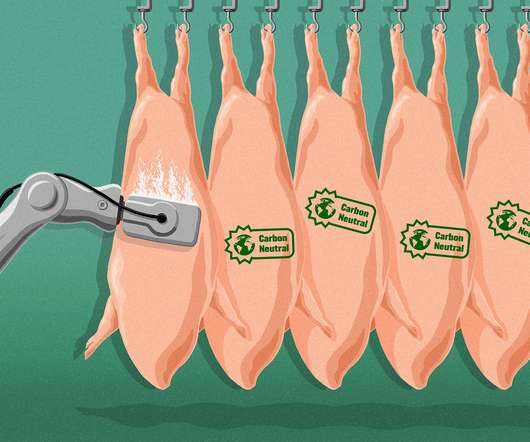

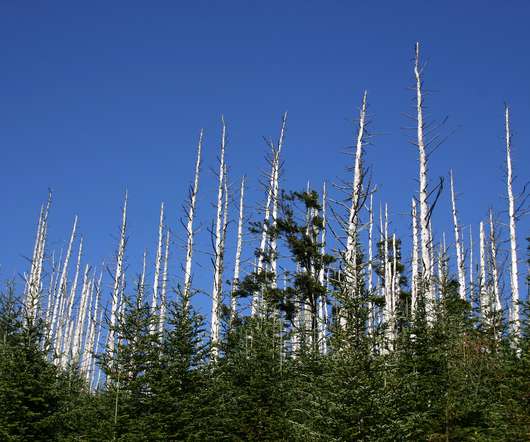
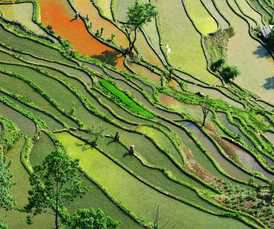
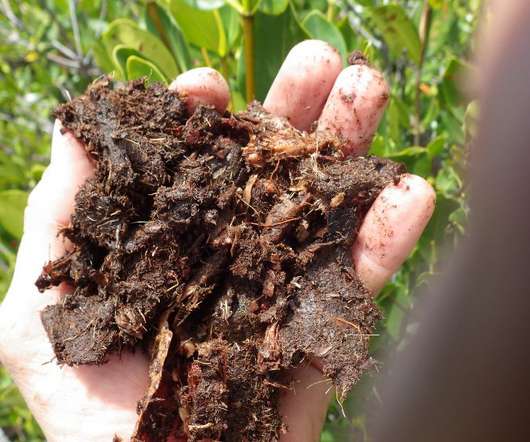



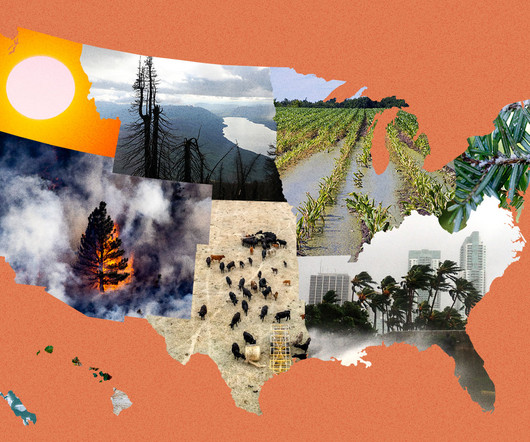








Let's personalize your content